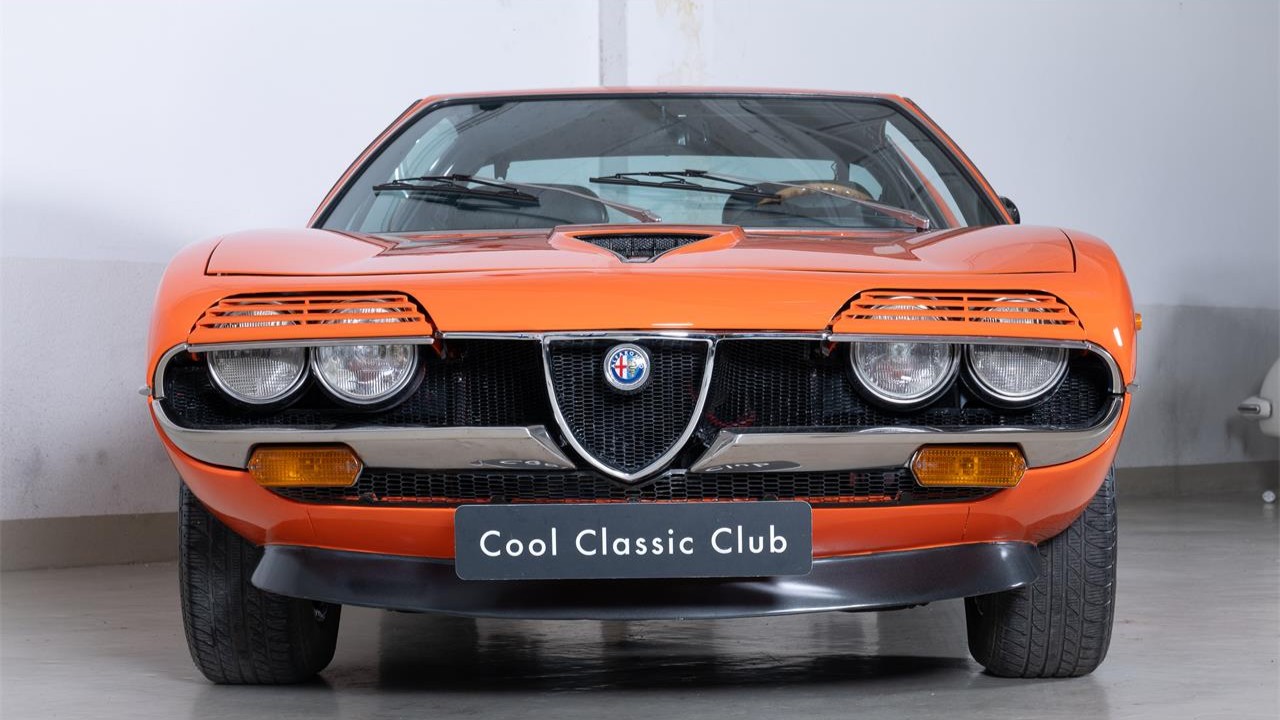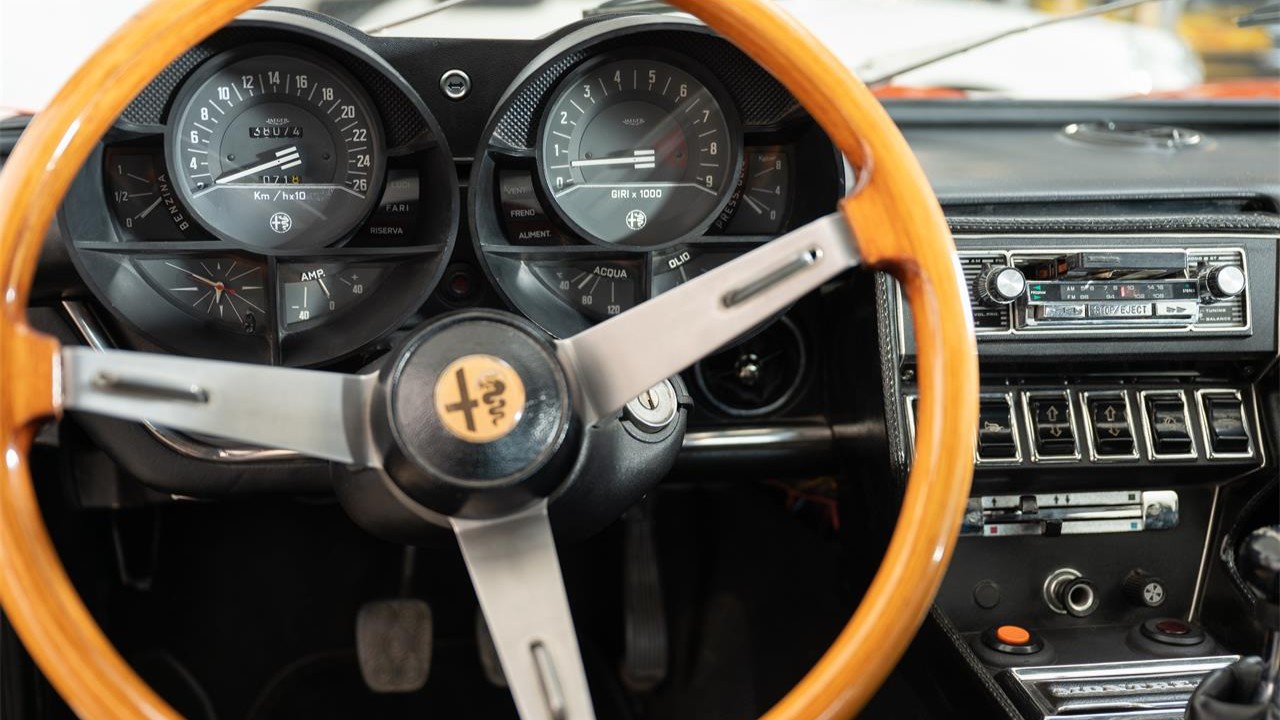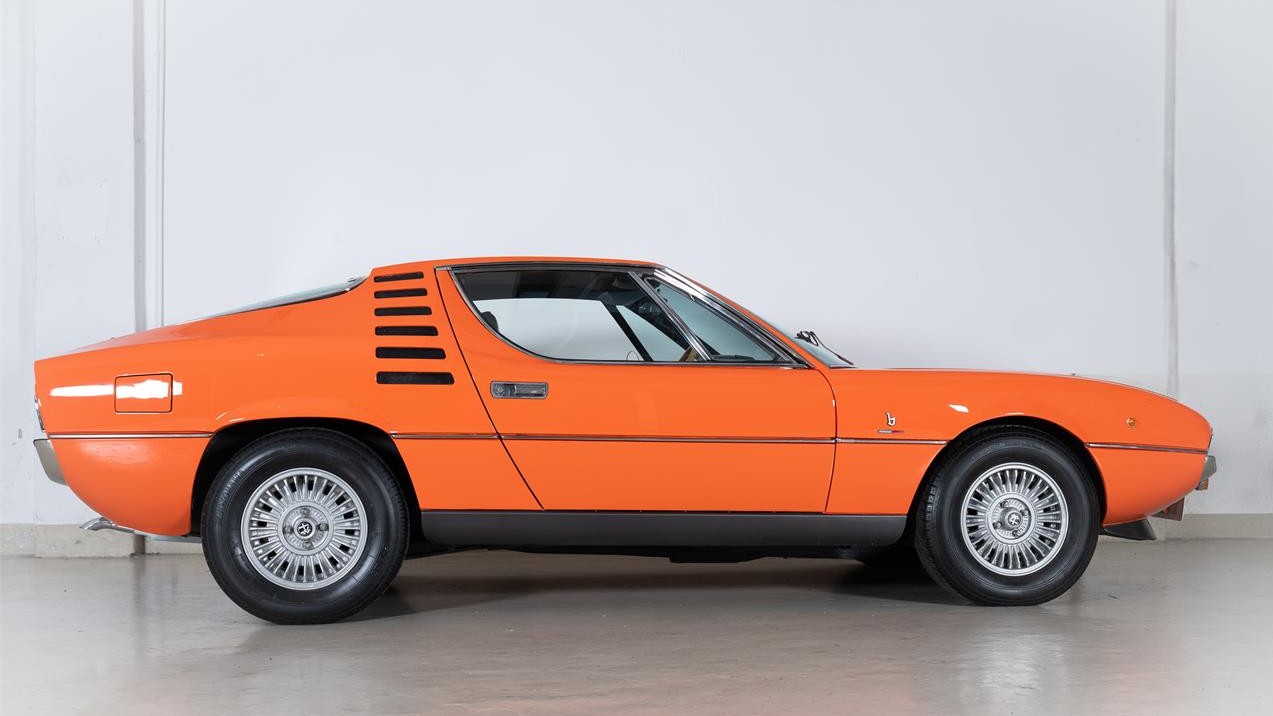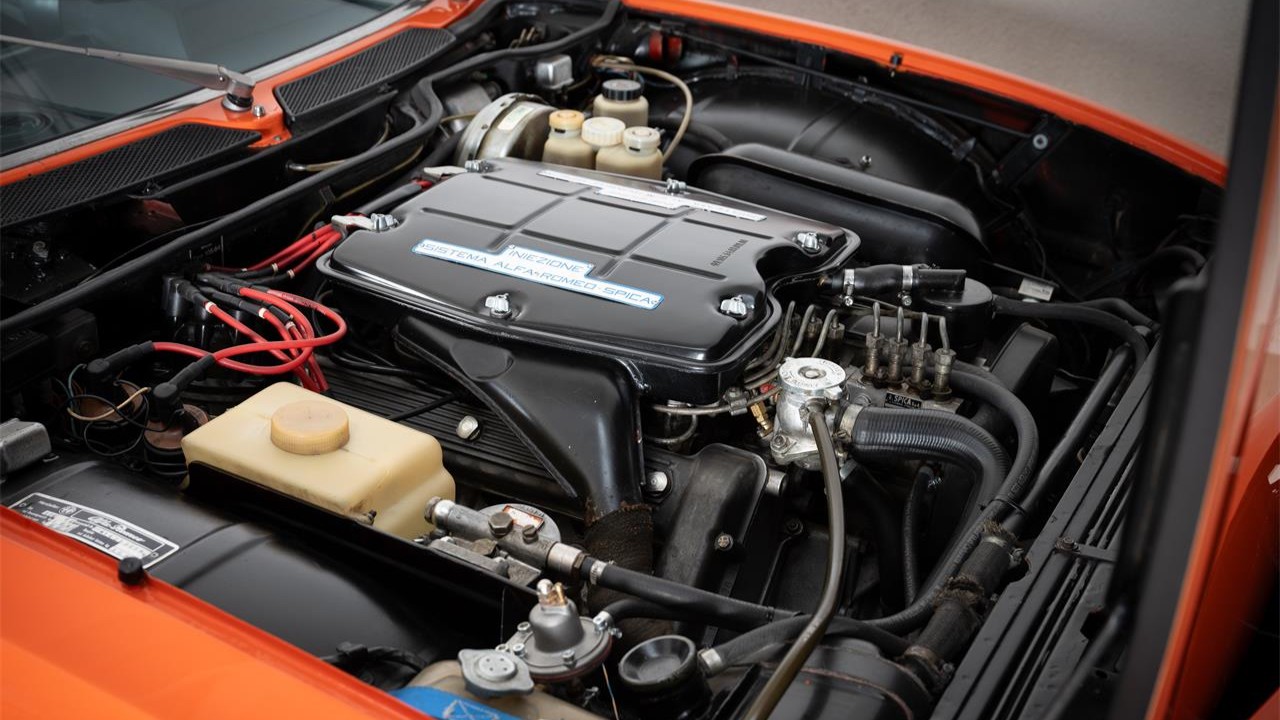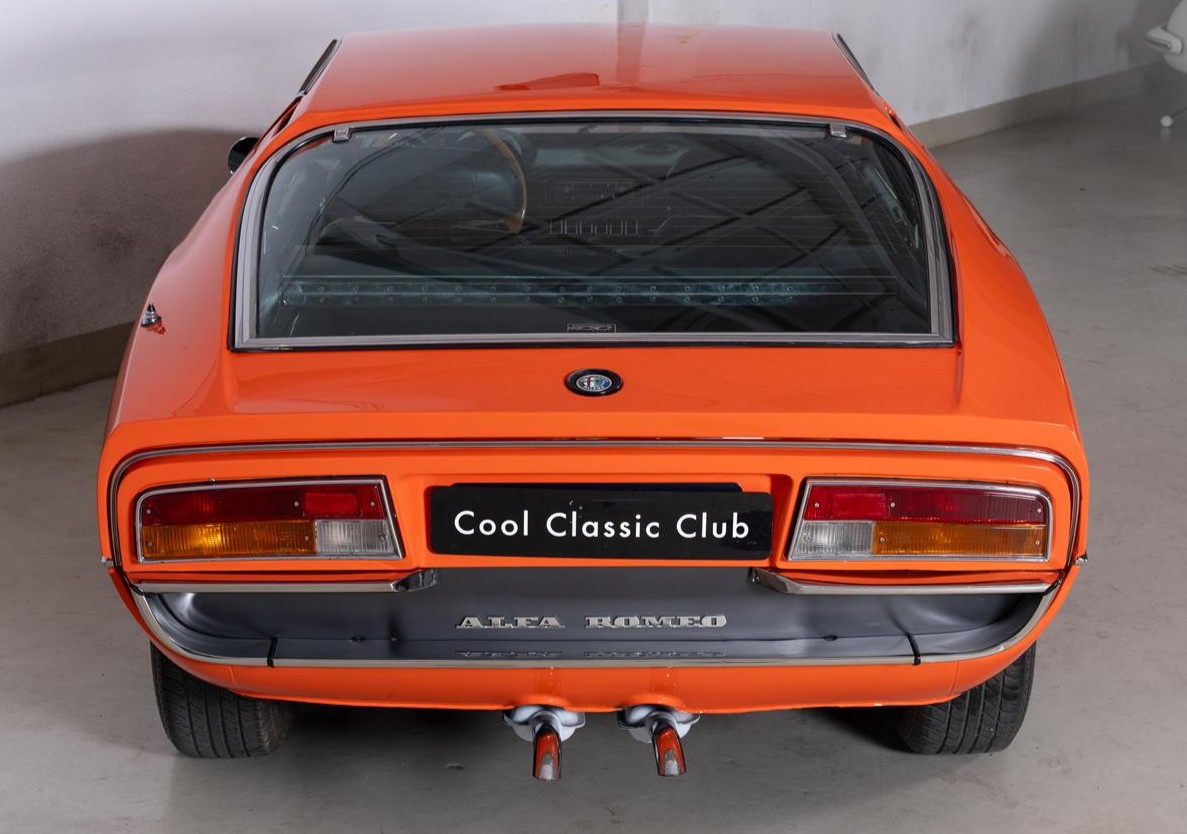Chevrolet’s “LS” V8 engines have become so popular for engine transplants in the last couple of decades that people have created memes about them. Some of the tongue-in-cheek graphics suggest LS-swapping lawnmowers, Teslas, Mazda Miatas, and even heart pacemakers.
Is the LS a one-engine-fits-all solution? Not necessarily. Purists, usually, would rather see a classic car with an original powertrain – or at least one from the same manufacturer as the vehicle itself. But there is no denying that the LS has a lot to offer, namely its compact size, light weight, reliability, affordability, performance and vast aftermarket/community support.
Here’s an example of a car that benefits not only from a late-model LS1 engine, but also boasts several other niceties like disc brakes, C4 Corvette suspension components and Vintage Air climate control:
Featured on AutoHunter is this 1955 Chevrolet Nomad Custom Wagon. The car is being sold by a dealer in Tewksbury, Massachusetts, and the auction will end Tuesday, July 22, 2025, at 11:15 a.m. PDT.
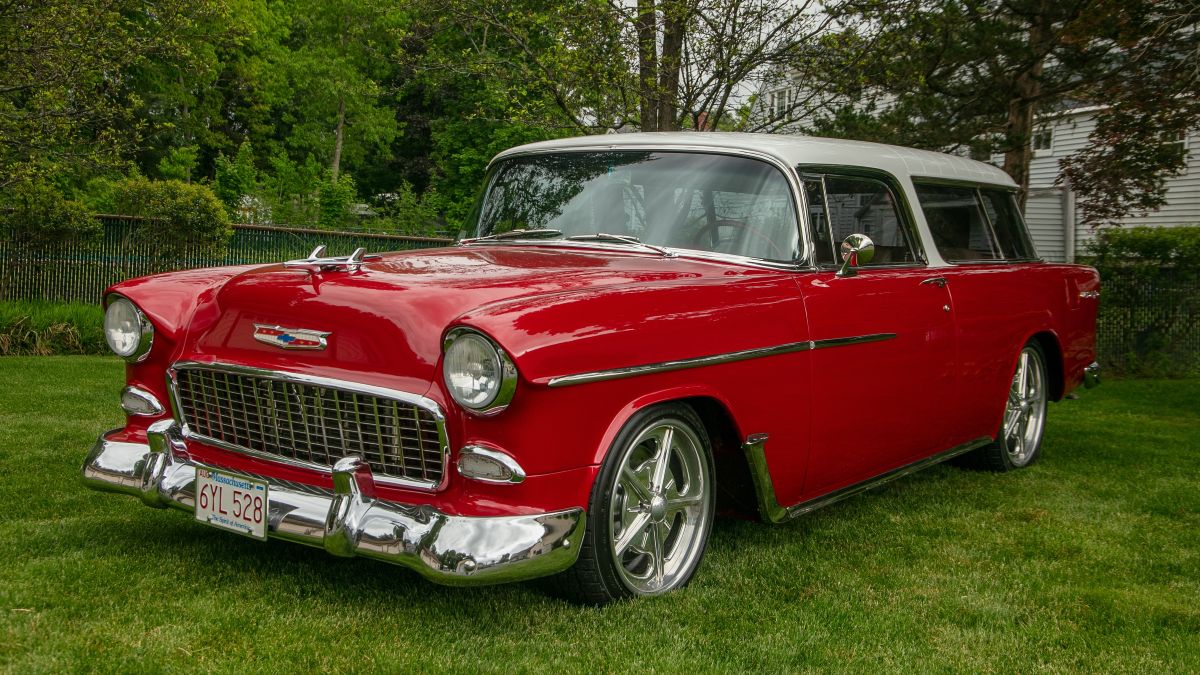
1955 marked the first year for the Nomad when it debuted as a two-door station wagon with styling similar to its Belt Air sedan and coupe siblings. Advertisements promoted its multi-faceted appeal: “The Chevrolet Nomad is station wagon styling at its height … with sports car power and flair … passenger car comfort … fashion leader of the low-price field.”
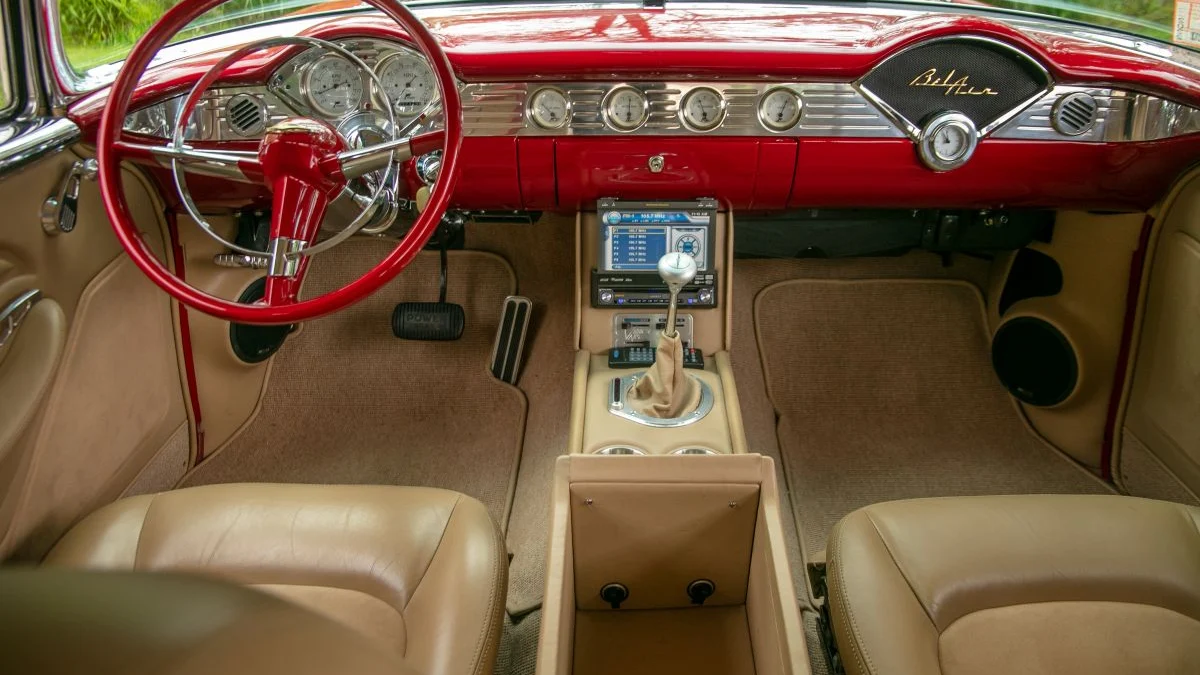
We at the Journal love our Tri-Five Chevrolets, and this car is an eye-catching restomod if we’ve ever seen one. According to the listing, the car reportedly went through a frame-off restoration about 1,000 miles ago, and it was repainted in Barcelona Red Metallic and Pearl White. The cabin was brought into the modern era via a set of power-adjustable bucket front seats, a center console, power windows, a Jensen audio system and, of course, the Vintage Air climate-control system.
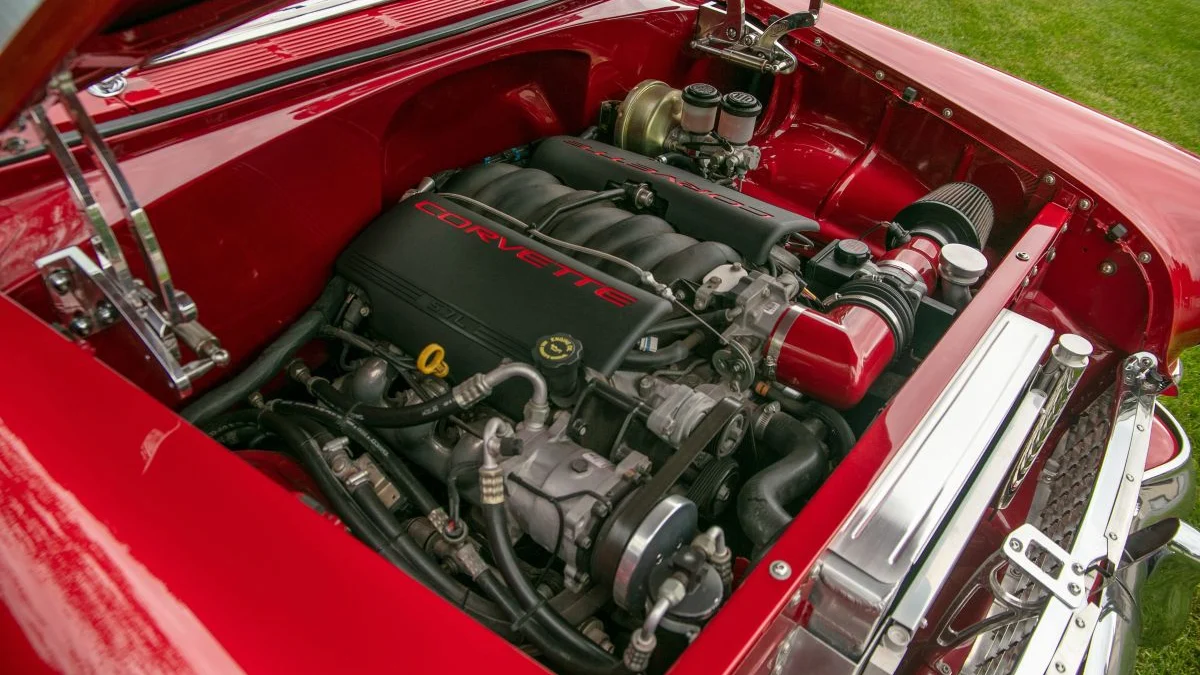
The 5.7-liter LS1, as seen under the hood of this wagon, was best known for its appearance in the Chevrolet C5 Corvette between 1997 and 2004. But the LS1 also was found under the hood of select Chevrolet Camaro, Pontiac Firebird and Pontiac GTO models around the same time. It featured an aluminum block, iron sleeves, a 75mm throttle body, multiport sequential fuel injection, and a 10.1:1 compression ratio. Depending on the application, output was usually around 350 horsepower in stock form.
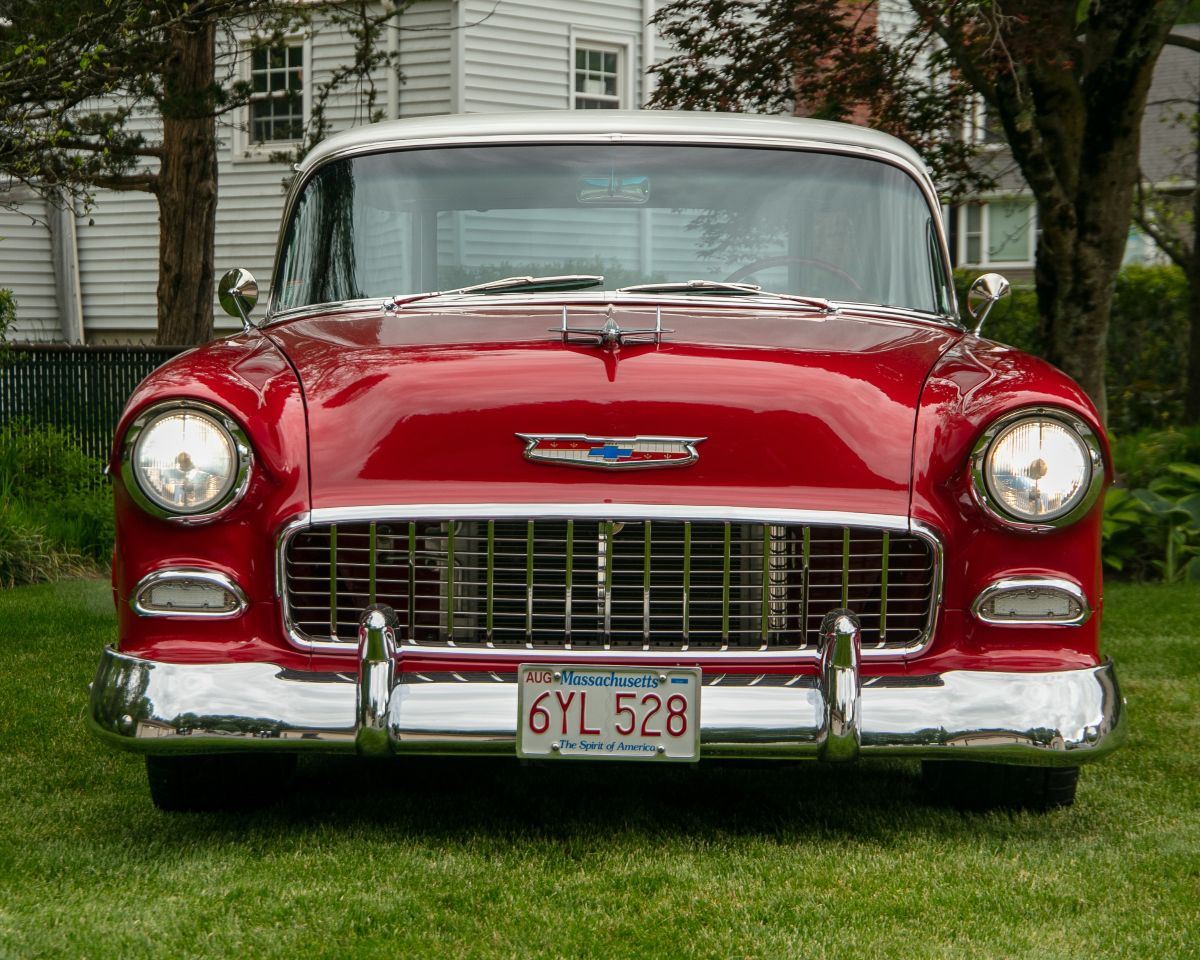
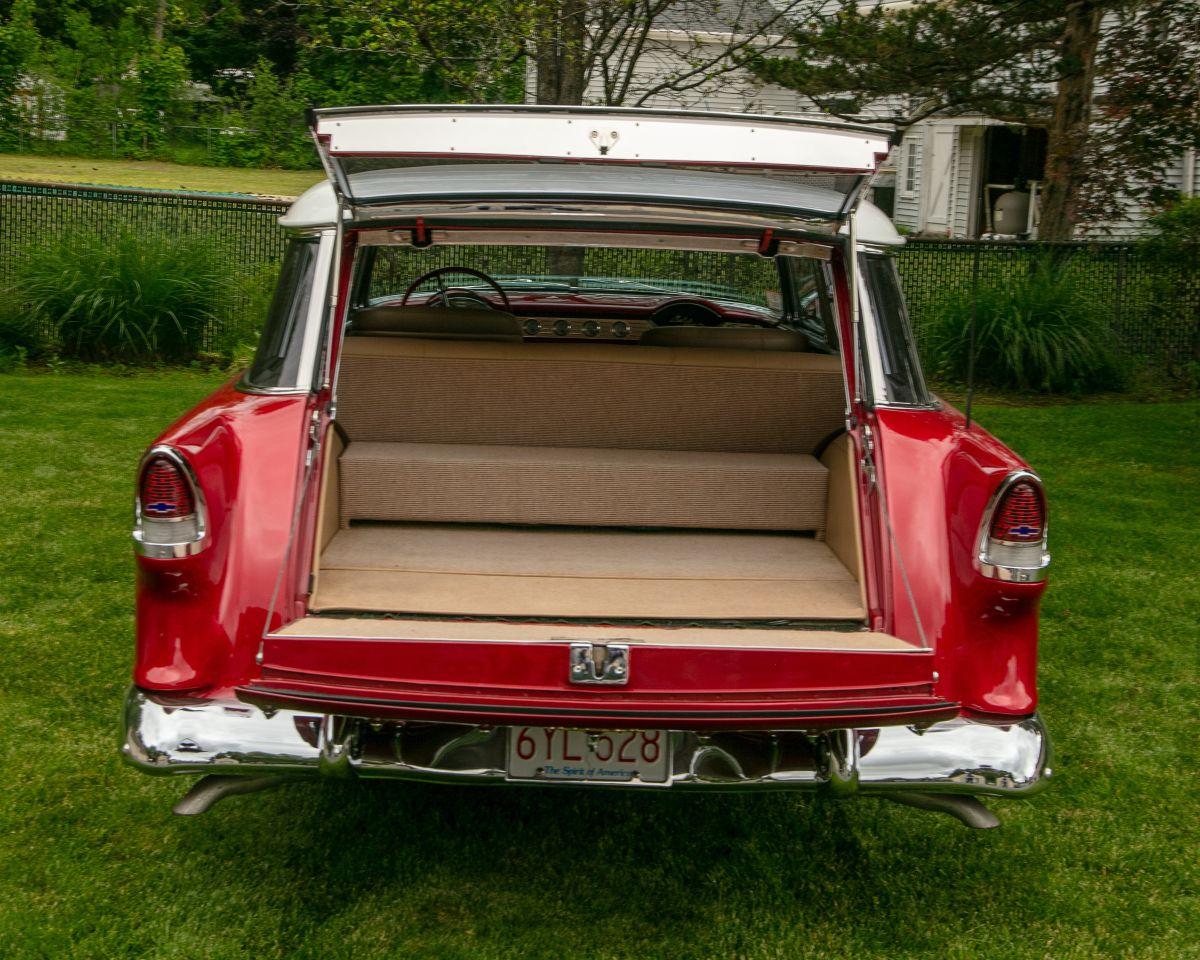
The listing says that this Nomad’s engine has been professionally rebuilt, and the fluids were changed this year. It seems an LS1 heart transplant has given plenty of new life to the car’s 70-year-old body.
Now, if only the same application worked on humans.
The auction for this 1955 Chevrolet Nomad Custom Wagon ends Tuesday, July 22, 2025, at 11:15 a.m. PDT.
Visit the AutoHunter listing for more information and a photo gallery

